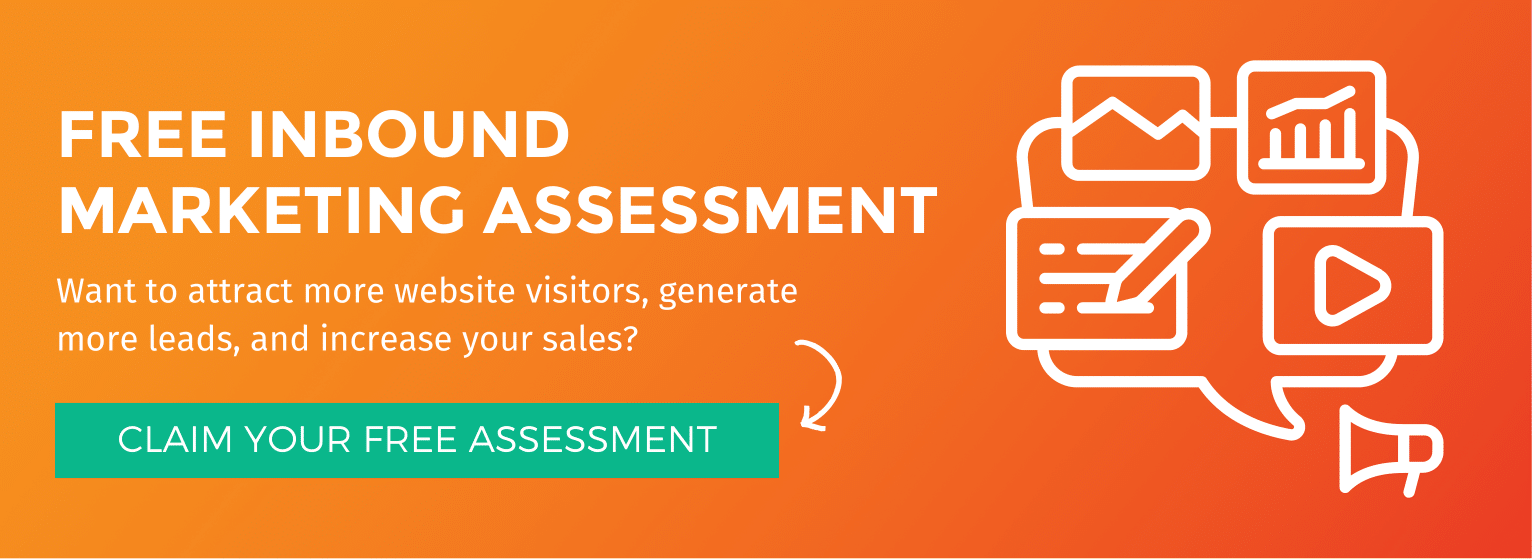Inbound Marketing: The Key to Sustainable Business Growth
by Leanne Mordue on 08-Jan-2024 12:30:00
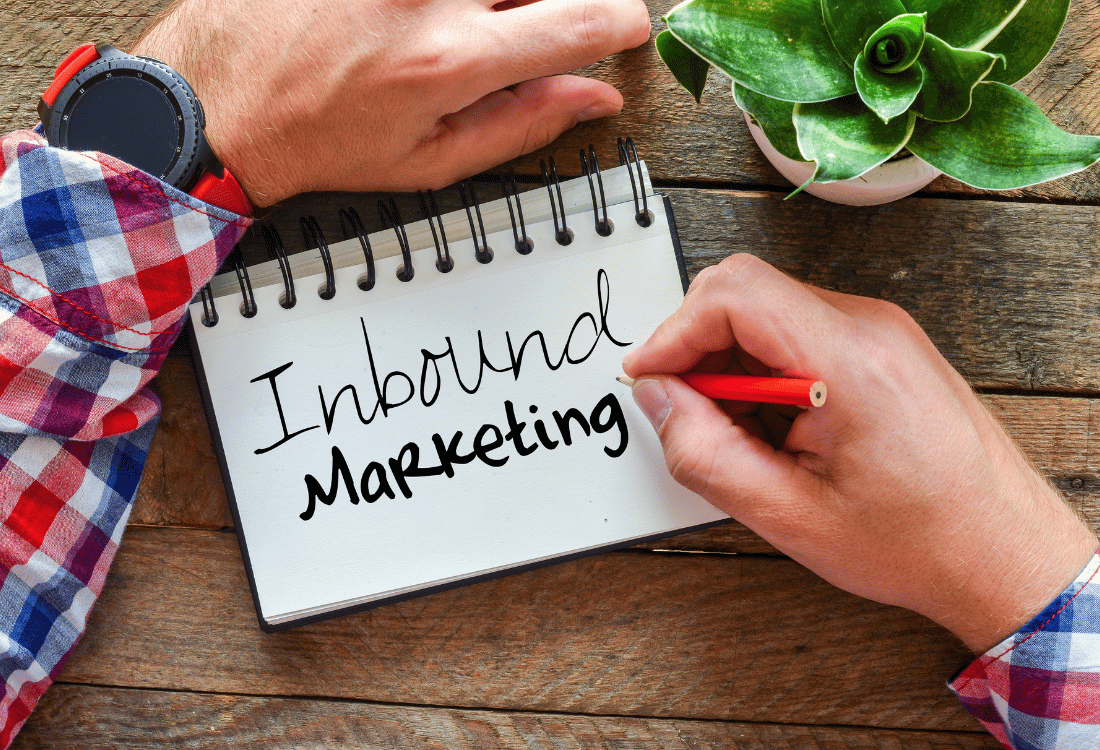
Small and mid-sized businesses often struggle to achieve consistent and sustainable growth. A typical SME sales pattern is a sudden flurry of sales – e.g. from seasonal demand or during a marketing campaign – followed by extended periods of stagnation or decline. These ‘boom-and-bust’ cycles make it very difficult to manage cash flow effectively, retain staff, and make strategic investments. At worst, a sudden drop in demand can leave a business with too much stock, unpaid suppliers, tax bills they can’t afford, and an inability to pay wages – a potent recipe for business failure.
Inbound marketing provides a powerful means for SMEs to escape the uncertainty of cyclical growth and create a more sustainable and predictable model of business development. In this article, we’ll take a closer look at what inbound marketing means for small businesses, the role it plays in sustainable growth, and how it can benefit you.
Why growth is hard to sustain
One of the biggest challenges that SMEs face with expansion is the need to balance investment in sales and marketing with other business priorities, so that instead of a sustained investment in marketing, many businesses put their money into discrete campaigns at different times of year and may not have the funds to sustain momentum at other times.
When you rely on outbound methods to secure all your sales and leads, this is a definite problem. To sustain momentum with outbound marketing, you really need a dedicated sales and marketing team with an adequate budget and resources.
How inbound marketing facilitates sustainable growth for small businesses
Inbound marketing is the key to sustainability because money spent on inbound marketing is an evergreen investment. In other words, the money you spend on content assets and inbound efforts today will continue to bear fruit for months and years to come, because once something is published online, it stays online. This avoids the issue of sustainability in outbound marketing, in which you lose momentum if you take your foot off the gas even for a moment.
The idea behind inbound marketing is to set up a continual stream of inbound leads that you nurture through content until they become customers. This is an ongoing process, and much of it can be automated. Yes, there are still fluctuations in inbound volume throughout the year and by industry, but it’s a more predictable model. If you know you currently have X leads in the early, awareness stage of the sales funnel, you can fairly confidently predict the number that will complete the decision stage to make a sale, and the timeframe needed to do so.
How you get your leads from awareness to decision is through content assets aimed at the questions and difficulties faced by the customer at each stage of the sales journey, and a website optimised for good visibility on Google.
The main stages of the inbound marketing process can be summarised as follows:
1. Visibility:
The first stage of inbound marketing involves establishing your business’s online presence so that your customers can find you when searching for solutions to their problems. This includes identifying your ideal customers or buyer personas, creating content that appeals to their purchase motivations and needs, and promoting this content through paid advertising, social media, email marketing, and search engine optimisation (SEO). The goal of increased visibility is to increase web traffic to your business website, blog, and social media platforms.
2. Lead generation:
The lead generation or conversion stage of inbound marketing is geared towards converting website visitors into leads, or inbound enquiries, by means of compelling calls to action, engaging articles and web pages, and gated content. Many businesses also use lead magnets, such as exit-intent pop-ups, chat bots, and snap offers and free trials, to incentivise visitors to share their contact details and join your email nurturing list.
3. Lead nurturing and closure:
The nurturing phase involves nurturing your leads through email marketing, retargeting ads, and tailored content to progressively build a value proposition and prepare them to close the deal. Depending on your industry, this phase can take weeks, months, or even years, which is why it’s important to aim for a steady flow of leads at each stage of the journey (awareness, consideration, decision) to obtain sustainable growth. Marketing automation tools are beneficial at this stage, such as HubSpot, to streamline the lead nurturing process, segment your lead database, and personalise communications.
Get started with inbound marketing in 2024 with JDR, an Elite HubSpot Partner Agency
An inbound marketing strategy can help your business develop brand awareness, establish credibility and trust with customers, boost engagement, and ultimately secure more leads and sales online. To find out more about inbound and how it can set you up for a profitable 2024, please contact one of our team today by clicking here.
Image Source: Canva- Inbound Marketing (SEO, PPC, Social Media, Video) (823)
- Strategy (361)
- Sales & CRM (193)
- Marketing Automation & Email Marketing (190)
- Business Growth (162)
- Website Design (160)
- Hubspot (137)
- Lead Generation (115)
- Google Adwords (98)
- Content Marketing (94)
- Conversion (48)
- Case Studies (47)
- News (47)
- Ecommerce (39)
- Webinars (34)
- SEO (24)
- AI (19)
- Events (19)
- Video (17)
- LinkedIn Advertising (15)
- Video Selling (15)
- Software training (13)
- Niche business marketing (11)
- The Digital Prosperity Podcast (10)
- Facebook Advertising (6)
- HubSpot Case Studies (5)
- December 2025 (7)
- November 2025 (6)
- October 2025 (17)
- September 2025 (16)
- August 2025 (14)
- July 2025 (14)
- June 2025 (5)
- May 2025 (19)
- April 2025 (15)
- March 2025 (13)
- February 2025 (13)
- January 2025 (8)
- December 2024 (2)
- November 2024 (4)
- October 2024 (21)
- September 2024 (4)
- August 2024 (8)
- July 2024 (14)
- June 2024 (16)
- May 2024 (25)
- April 2024 (15)
- March 2024 (18)
- February 2024 (5)
- January 2024 (10)
- December 2023 (6)
- November 2023 (10)
- October 2023 (13)
- September 2023 (12)
- August 2023 (14)
- July 2023 (13)
- June 2023 (14)
- May 2023 (15)
- April 2023 (13)
- March 2023 (14)
- February 2023 (13)
- January 2023 (15)
- December 2022 (13)
- November 2022 (6)
- October 2022 (8)
- September 2022 (22)
- August 2022 (15)
- July 2022 (13)
- June 2022 (16)
- May 2022 (14)
- April 2022 (16)
- March 2022 (17)
- February 2022 (11)
- January 2022 (8)
- December 2021 (6)
- November 2021 (7)
- October 2021 (11)
- September 2021 (10)
- August 2021 (7)
- July 2021 (7)
- June 2021 (4)
- May 2021 (4)
- April 2021 (1)
- March 2021 (3)
- February 2021 (5)
- January 2021 (4)
- December 2020 (7)
- November 2020 (6)
- October 2020 (5)
- September 2020 (9)
- August 2020 (18)
- July 2020 (17)
- June 2020 (17)
- May 2020 (10)
- April 2020 (21)
- March 2020 (24)
- February 2020 (21)
- January 2020 (12)
- December 2019 (23)
- November 2019 (12)
- October 2019 (14)
- September 2019 (16)
- August 2019 (15)
- July 2019 (13)
- June 2019 (6)
- May 2019 (8)
- April 2019 (4)
- March 2019 (2)
- February 2019 (2)
- January 2019 (2)
- December 2018 (3)
- November 2018 (24)
- September 2018 (11)
- August 2018 (9)
- June 2018 (3)
- May 2018 (6)
- April 2018 (14)
- March 2018 (12)
- February 2018 (16)
- January 2018 (15)
- December 2017 (15)
- November 2017 (18)
- October 2017 (23)
- September 2017 (19)
- August 2017 (28)
- July 2017 (27)
- June 2017 (25)
- May 2017 (18)
- April 2017 (17)
- March 2017 (16)
- February 2017 (17)
- January 2017 (14)
- December 2016 (21)
- November 2016 (27)
- October 2016 (25)
- September 2016 (16)
- August 2016 (20)
- July 2016 (19)
- June 2016 (14)
- May 2016 (20)
- April 2016 (24)
- March 2016 (22)
- February 2016 (28)
- January 2016 (27)
- December 2015 (28)
- November 2015 (19)
- October 2015 (9)
- September 2015 (12)
- August 2015 (5)
- July 2015 (1)
- June 2015 (10)
- May 2015 (3)
- April 2015 (11)
- March 2015 (14)
- February 2015 (15)
- January 2015 (12)
- December 2014 (2)
- November 2014 (23)
- October 2014 (2)
- September 2014 (2)
- August 2014 (2)
- July 2014 (2)
- June 2014 (7)
- May 2014 (14)
- April 2014 (14)
- March 2014 (7)
- February 2014 (2)
- January 2014 (7)
- December 2013 (9)
- November 2013 (14)
- October 2013 (17)
- September 2013 (3)
- August 2013 (6)
- July 2013 (8)
- June 2013 (4)
- May 2013 (3)
- April 2013 (6)
- March 2013 (6)
- February 2013 (7)
- January 2013 (5)
- December 2012 (3)
- November 2012 (2)
- September 2012 (1)
Subscribe by email
You May Also Like
These Related Blogs
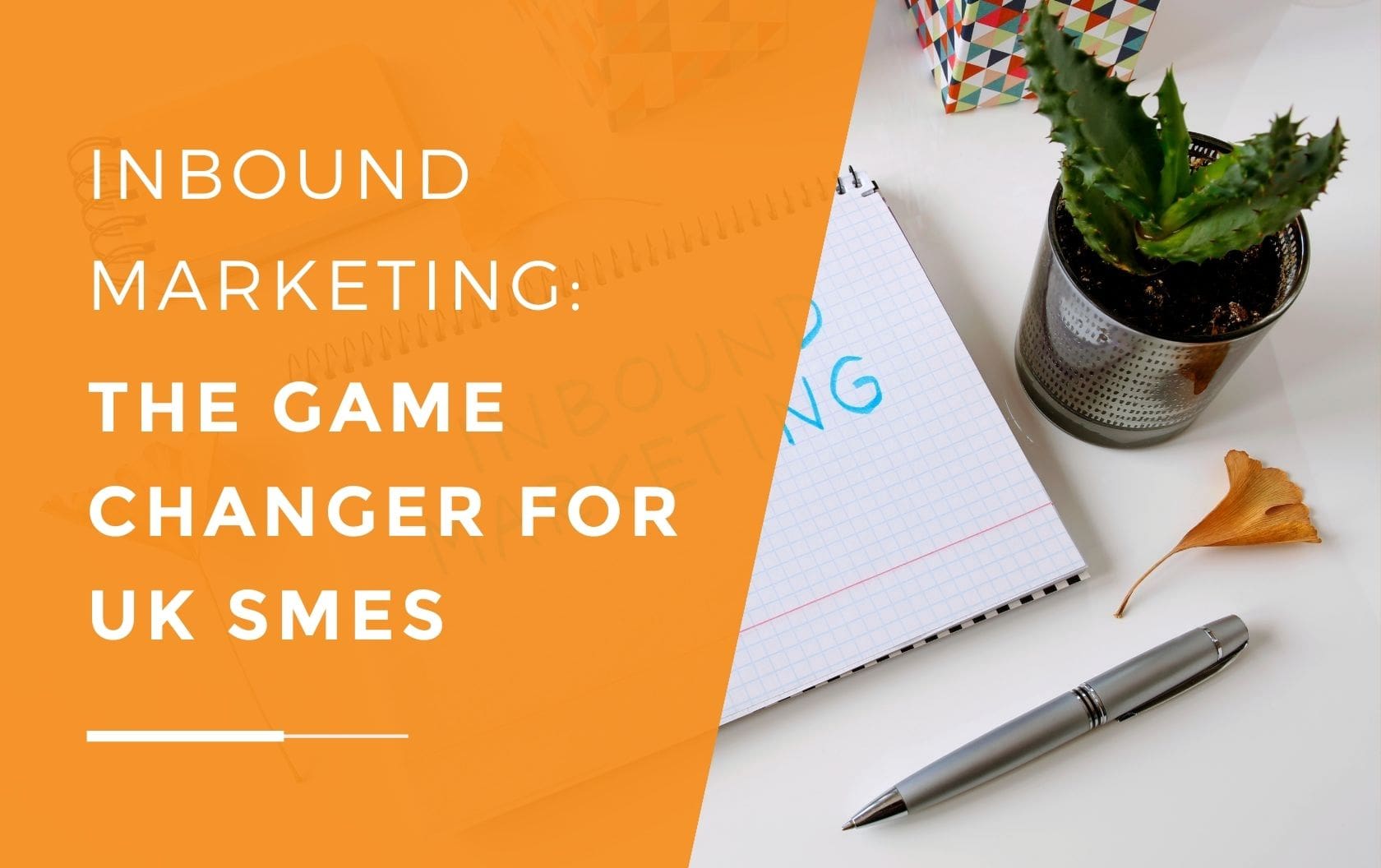
Inbound Marketing: The Game Changer For UK SMEs
Every business is unique, and so are their marketing needs. While traditional ‘outbound’ marketing tactics such as cold calling and interruption adver …
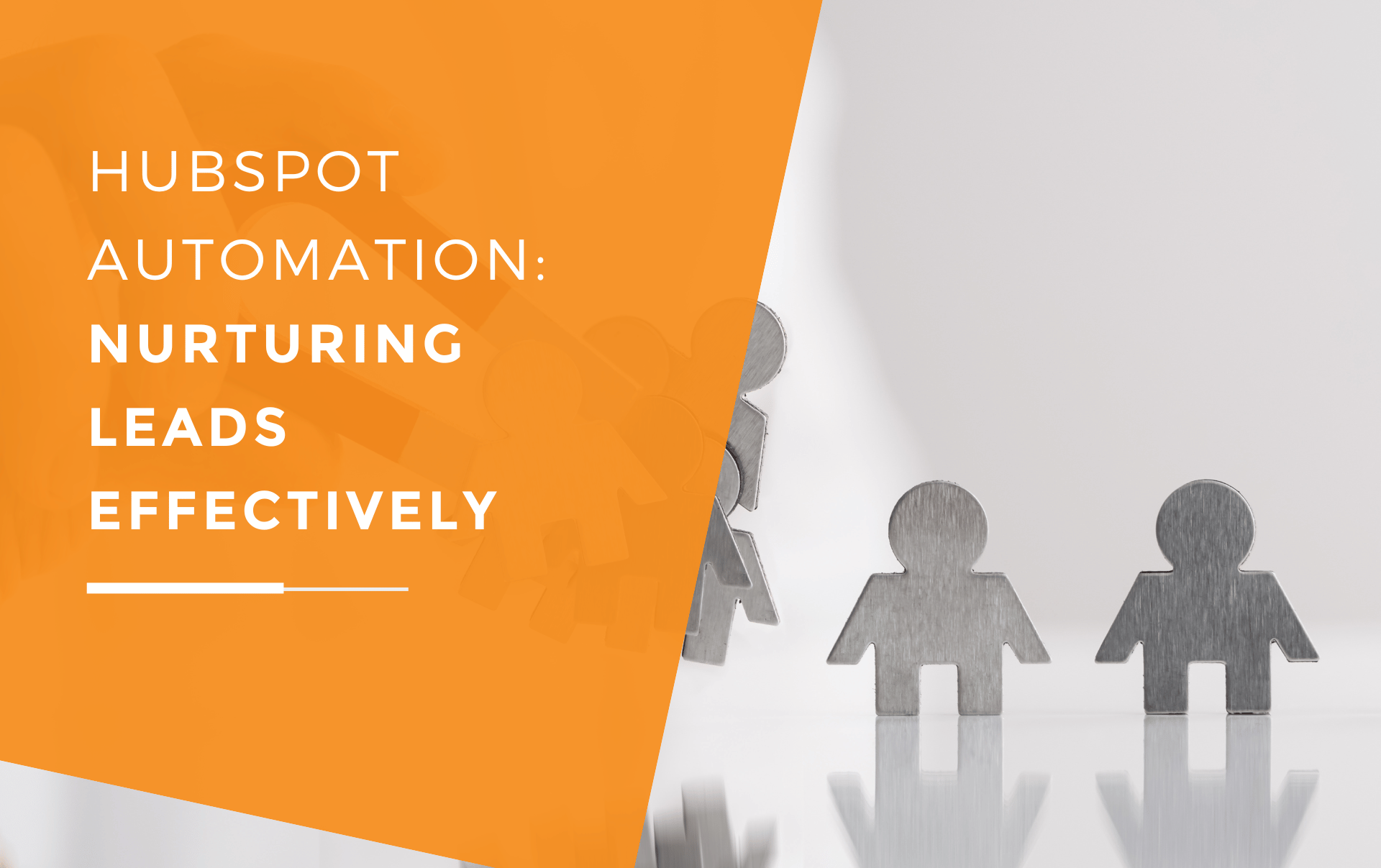
HubSpot Automation: Nurturing Leads Effectively
Not everyone who gets in touch with your business will be ready to lay their money down straightaway. In traditional sales, these ‘cool leads’ may be …
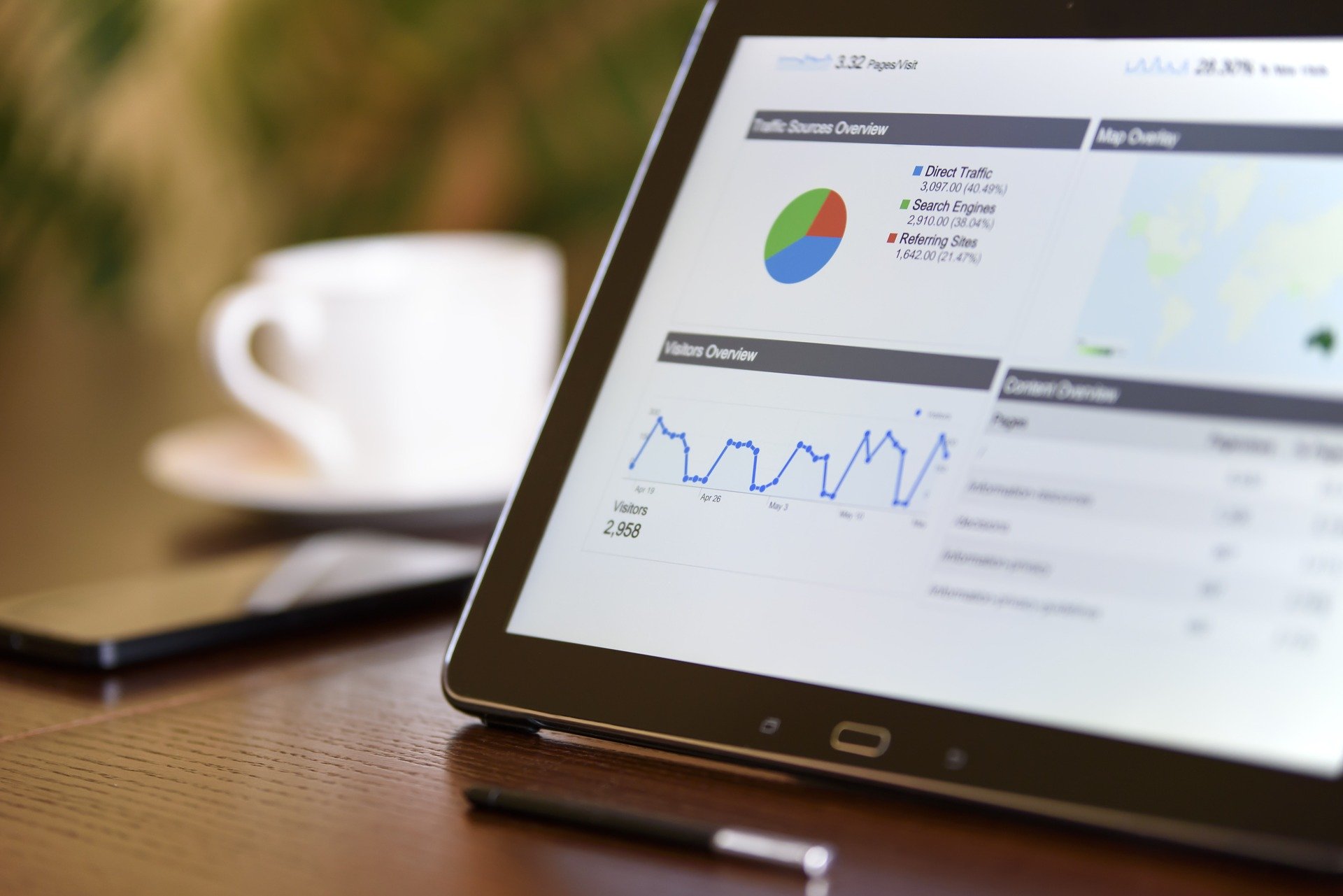
How To Qualify A Lead – Gauging A Lead’s Interest
A lot of businesses keep a lead or prospect database full of names, email addresses, and phone numbers that they sometimes use for email marketing and …




